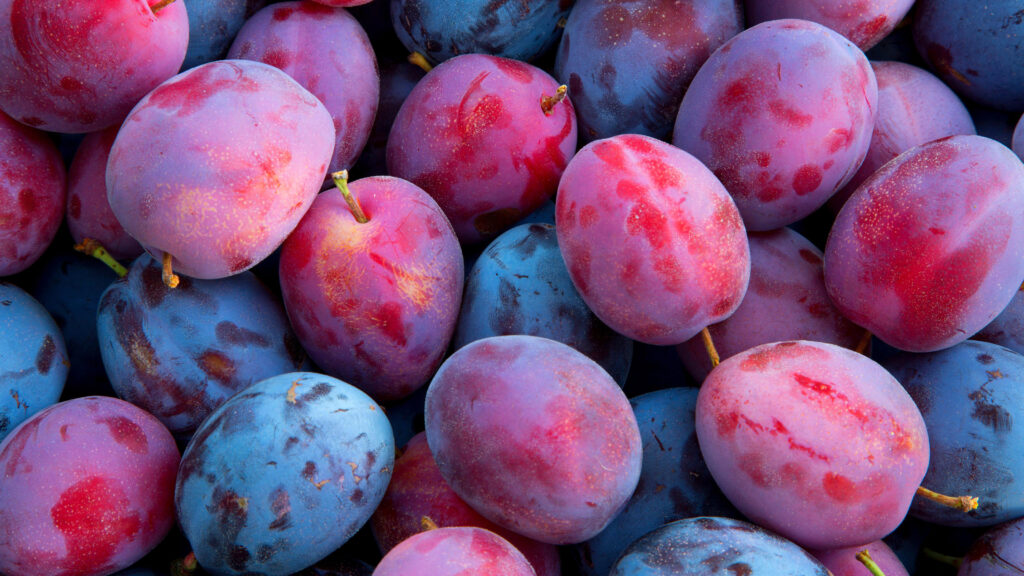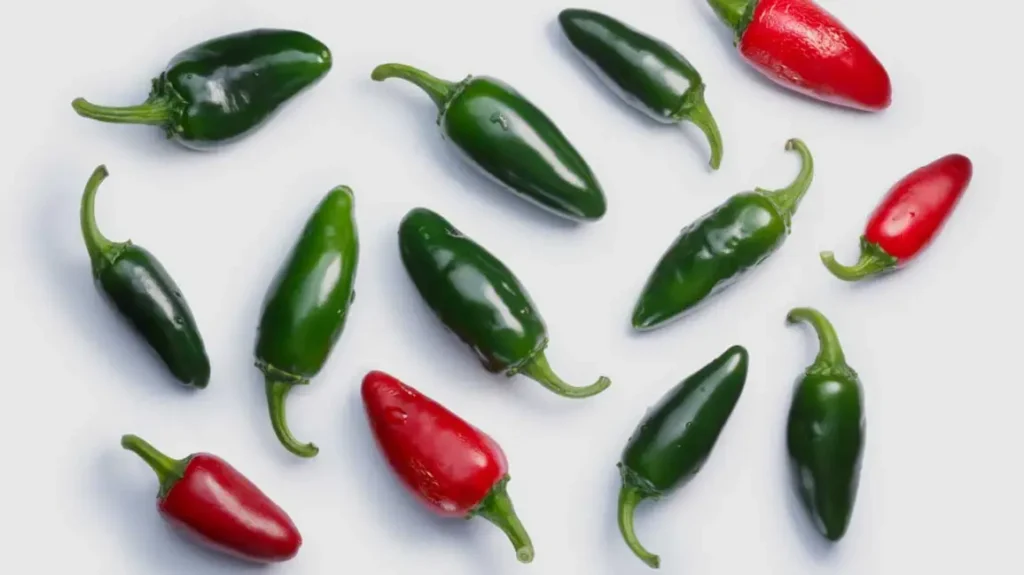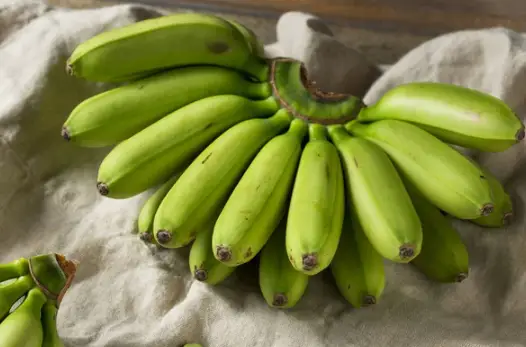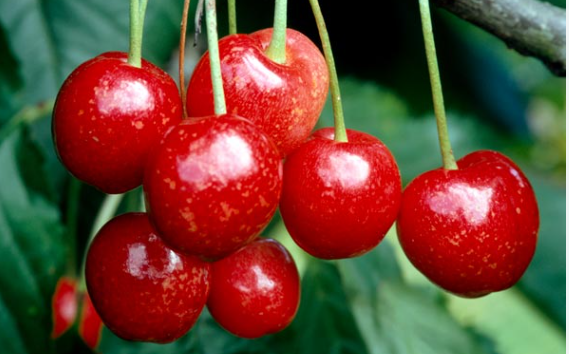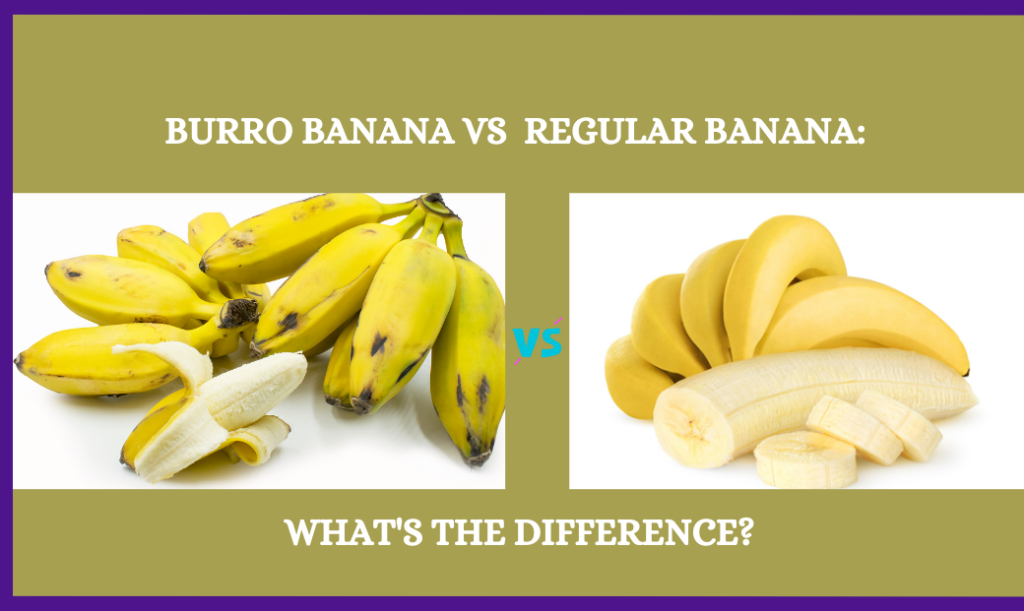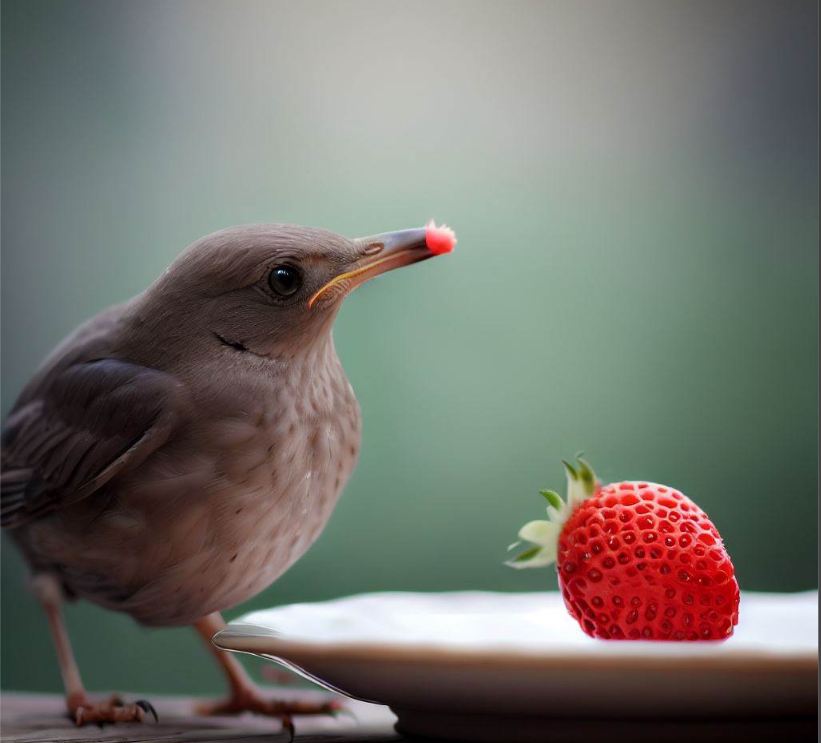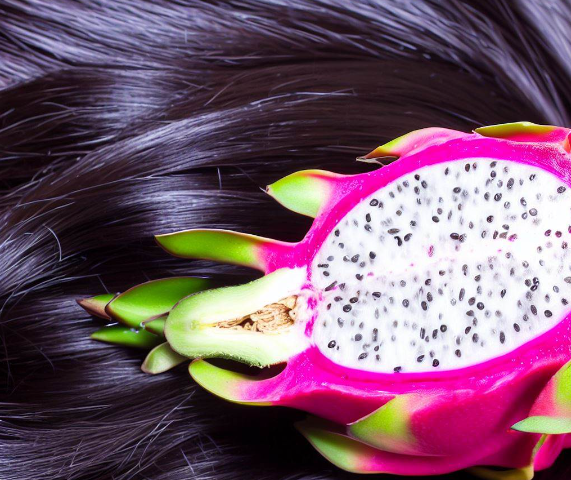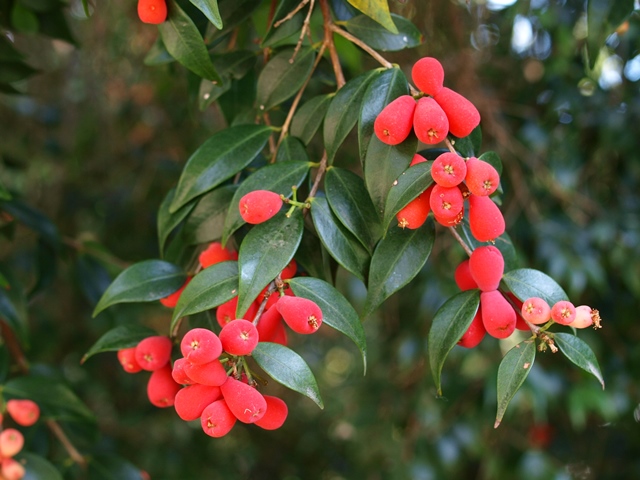Star fruit, which some people call carambola, is a tropical fruit that has become really popular. It looks cool and tastes like a mix of sweet and sour, so lots of people like to eat it. However, it’s not always easy to tell when it’s the perfect time to eat one.
Star fruit stays mostly the same color even when it gets ripe, and it can be hard to tell if it’s ready just by feeling it. But don’t worry – there are some clear things to look for that can show you when a star fruit is at its yummiest.
Table of Contents
1. Looking at the Edges
The edges, or ribs, of the star fruit say a lot about how ripe it is. If it’s not ripe, the ribs stick out a lot and the fruit feels really hard. As it gets riper, the ribs start to get less noticeable.
If you press lightly on the ribs and they feel kind of soft, that’s a sign that the star fruit is ripe and good to eat. Ripe star fruit will have ribs that don’t stick out much and feel smooth and soft.
2. Checking the Shape
As a star fruit ripens, its shape changes a bit. It goes from having pretty straight sides to a fuller, rounder look.
An unripe one looks more flat, but when it’s ripe, it gets plump and the sharp corners get smoother. If you’re picking one at a store or market, go for the star fruits that have this rounder shape for the best taste and freshness.
3. Shiny Skin
The skin of an unripe star fruit doesn’t shine much – it looks kind of dry. When it’s ripe, it becomes shiny and juicy-looking.
A shiny, wet-looking skin means the star fruit is full of juice and ready to be eaten. If it looks dull and dry, it might not be ripe yet. Pick one that looks shiny for a really juicy treat.
4. The Scent Test
The easiest way to tell how ripe a star fruit is might be to smell it. When it’s not ripe, it doesn’t really smell like much, but when it gets riper, it starts to smell really good.
A ripe star fruit has a strong, sweet smell that reminds you of tropical fruits like peach, pineapple, papaya, and citrus. If you find one that smells great, it’s probably going to taste amazing.
5. Look Where It Was Picked
Check out the spot where the star fruit was attached to the tree. If it’s not ripe yet, the spot looks kind of shriveled and you can see where the stem was.
When it’s ready to eat, the area around the stem blends in with the rest of the skin and isn’t dry or shriveled at all. A smooth, even-looking stem area means it’s time to enjoy your star fruit.
6. Feel How Bendy It Is
Testing how bendy a star fruit is can also help tell if it’s ripe. You should squeeze it gently to see how it feels.
If the fruit is super hard, it’s not ready to eat yet. When it’s ripe, it will feel a bit soft, like a peach. Push on it and if it gives a little without being mushy, that’s perfect.
Don’t pick star fruits that are too squishy, though – they might be too ripe and not taste as good.
7. Think About Size and Heaviness
A bigger star fruit is usually a better choice. It should feel heavy when you pick it up.
If it feels heavier than it looks, it’s probably packed with juicy goodness. Smaller, lighter fruits might not be as ripe or flavorful. Go for the ones that have a bit of weight to them.
8. Try a Small Piece
Still not sure if it’s ripe? The best way to know is to taste it. Cut off a little bit of the fruit and see how it tastes.
If it’s sour, bitter, and not very nice, it needs more time to ripen. But if it’s sweet and just a bit sour, like a perfect tropical mix, then it’s ready to eat.
Your own taste buds are a great way to decide if it’s the right time to enjoy your star fruit!
Summing It Up
Once you know what to look for, it’s not that hard to pick a ripe star fruit. These visual and touch clues will help you choose the best one each time. Get ready for the wonderful sweet taste that comes with a little bit of patience and knowledge.
